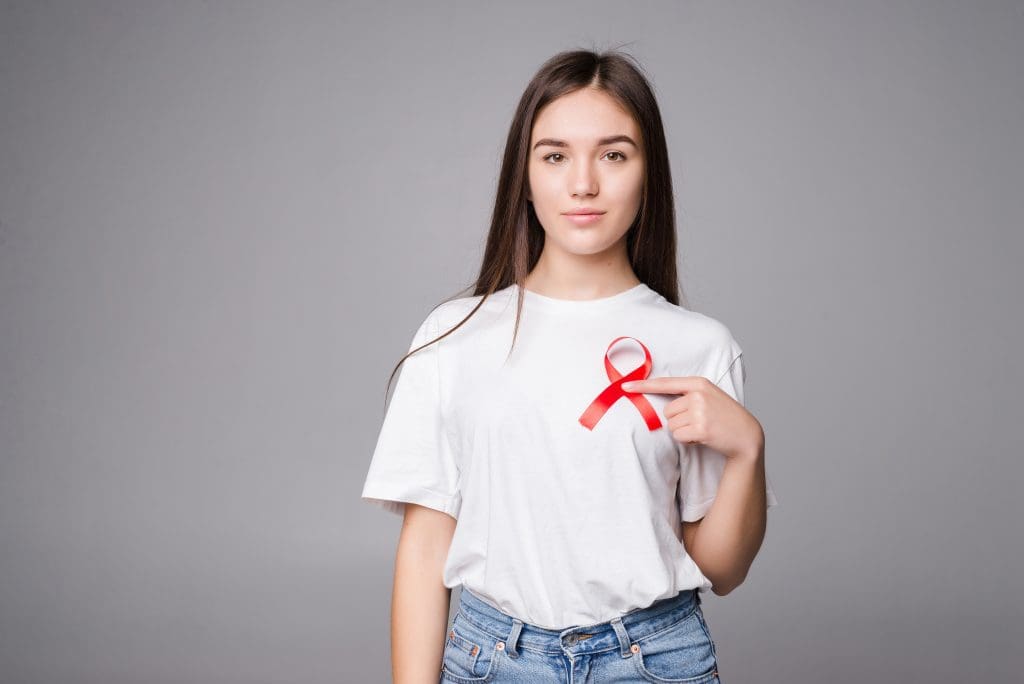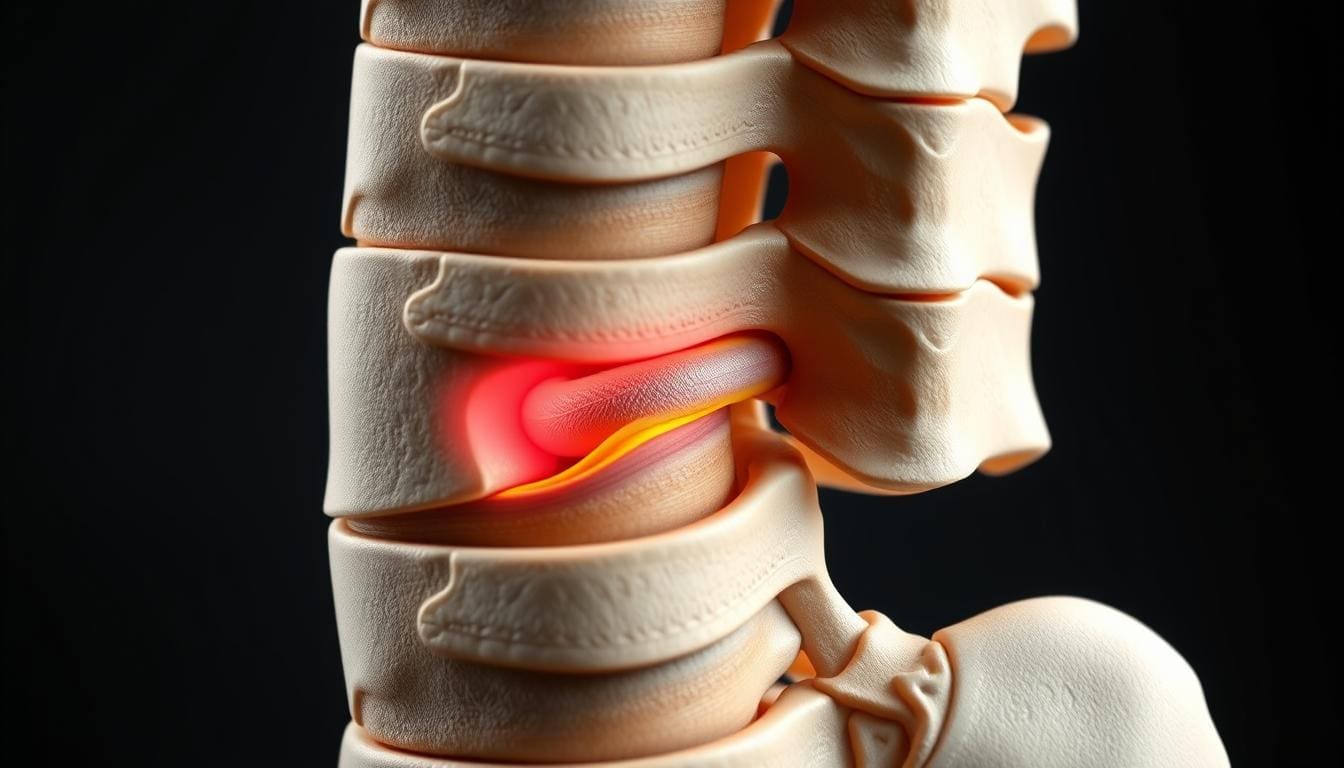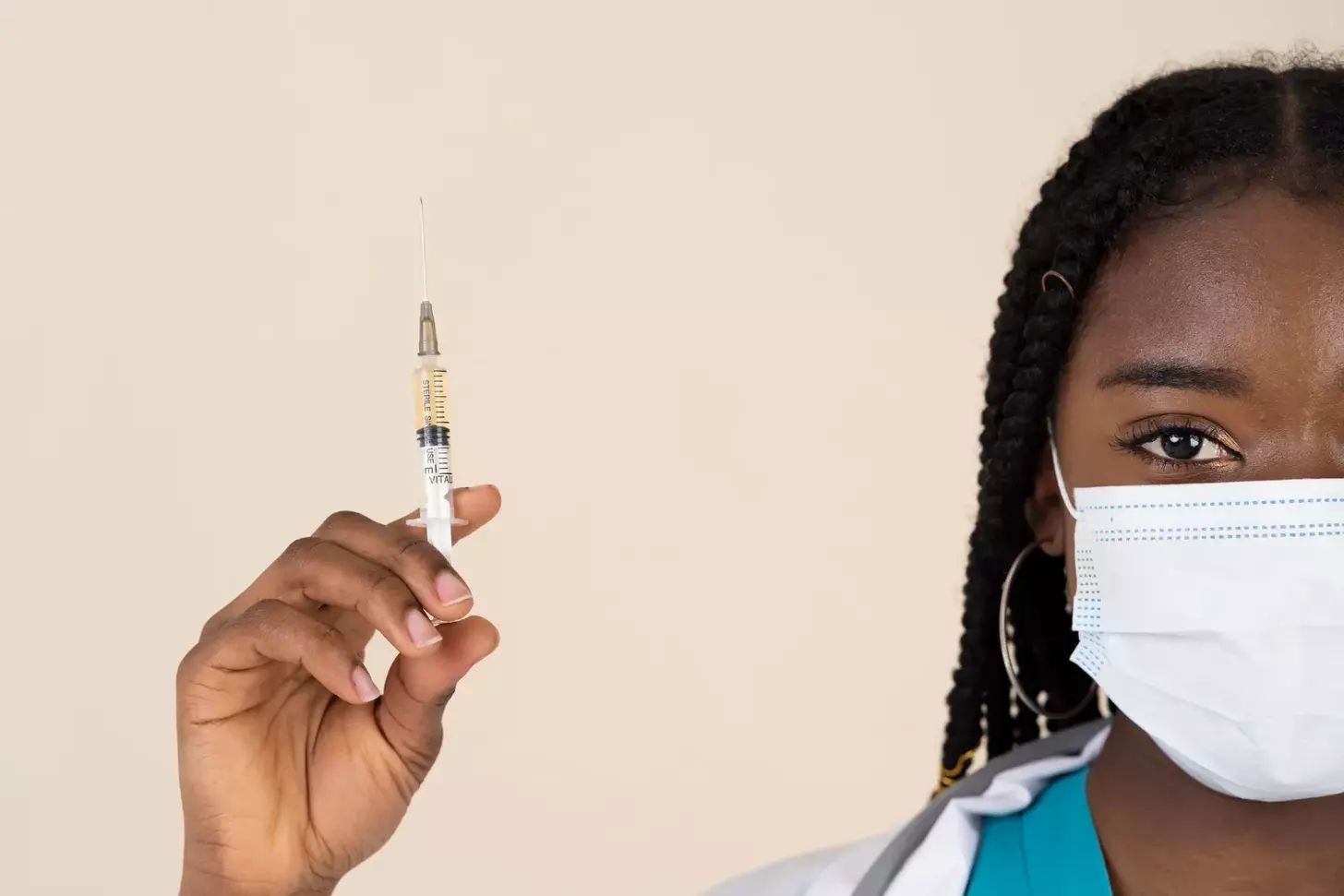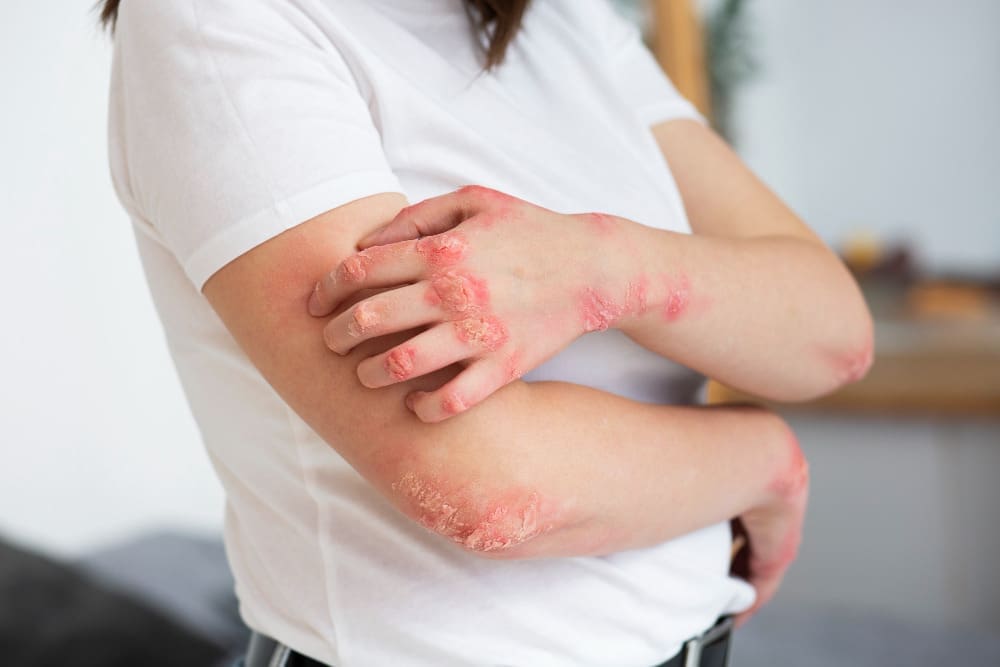Last Updated on November 27, 2025 by Bilal Hasdemir
What are the silent signs of breast cancer? Breast cancer is often called a “silent killer” because it can grow without clear signs. One in eight women will get breast cancer in their life. So, knowing the signs early is very important.
Many people know about the usual signs of breast cancer, like a lump. But, there are other uncommon symptoms too. These can be skin changes, nipple discharge, or odd pain.
Key Takeaways
- Breast cancer can progress without noticeable symptoms.
- Awareness and early detection are key.
- Uncommon symptoms can include skin changes or nipple discharge.
- Not all breast cancer presents with a lump.
- Knowing the early signs can save lives.
Understanding Breast Cancer: The Silent Killer

Breast cancer is called a silent killer because it can grow without warning signs. This makes it very dangerous if not caught early.
What Makes Breast Cancer a “Silent Killer”?
Breast cancer often has no symptoms for a long time. This makes it hard for women to find it without regular tests. Asymptomatic breast cancer means people have cancer without feeling any symptoms.
- It can grow big enough to be felt or cause other symptoms before being found.
- Some breast cancers may not show symptoms until they’ve spread to other parts of the body.
- The lack of pain or discomfort can make people wait too long to get checked.
The Importance of Early Detection
Finding breast cancer early is key to treating it well. Mammograms are important in finding cancer before symptoms show up.
- Mammograms can find breast cancer up to three years before a lump can be felt.
- Regular tests increase the chance of finding cancer early, when it’s easier to treat.
- Finding cancer early not only helps people live longer but also means less harsh treatments.
Knowing how silent breast cancer is and why finding it early is so important can help women take care of their health. This can save lives through awareness and regular tests.
Common vs. Uncommon Breast Cancer Symptoms
It’s key to know about all breast cancer symptoms, from the usual to the rare ones. Breast cancer can show up in many ways. Knowing about these different signs is important for catching it early.
Well-Known Symptoms
A lump in the breast is the most common sign of breast cancer. This lump is usually painless and can be felt during a self-exam. It’s important to remember that not all lumps are cancer, but any new one should be checked by a doctor. Other common signs include:
- Swelling or thickening of part of the breast
- Dimpling or puckering of the skin
- Nipple discharge or tenderness
These symptoms are well-known, but it’s also important to know about less common signs of breast cancer.
Lesser-Known Signs That Often Go Unnoticed
Some symptoms of breast cancer are not as obvious and can be missed. These include changes in the skin’s texture or color, nipple abnormalities, and changes in breast shape or size. For example, inflammatory breast cancer can make the breast red, swollen, and tender. Another sign is nipple inversion or discharge that’s not related to breastfeeding or periods.
The American Cancer Society says, “any change in the breast’s look or feel can be a symptom of breast cancer, not just a lump”
“any change in the way the breast looks or feels can be a symptom of breast cancer, not just a lump.” – American Cancer Society
. This shows how important it is to watch for any changes in the breast, whether they’re common or not.
Knowing both common and uncommon symptoms can help find breast cancer early. This can lead to better treatment. Regular self-exams, clinical breast exams, and mammograms are key to keeping your breasts healthy.
Breast Changes That Aren’t Lumps
It’s important to know that breast cancer can show up in ways other than a lump. This includes changes in skin texture and nipple issues. While a lump is a common sign, other changes can also mean you might have cancer.
Skin Texture and Color Changes
Changes in skin texture or color can be a sign of breast cancer. These changes might look like:
- Thickening or dimpling of the skin, often called “peau d’orange”
- Redness or a rash on the breast
- A change in the color of the breast, making it appear warmer or more inflamed than the surrounding area
Nipple Abnormalities
Nipple changes can also be a sign of breast cancer. These changes might include:
- Nipple inversion, where the nipple turns inward
- A change in the direction the nipple points
- Nipple discharge, which can be clear, bloody, or another color
Nipple discharge can have many causes, not all of which are cancer. But if you have persistent or unusual discharge, see a doctor.
Breast Shape and Size Alterations
Changes in the shape or size of the breast can also indicate breast cancer. This might show as:
- An enlargement or shrinkage of one breast compared to the other
- A change in the contour or shape of the breast
These changes can be small, so it’s key to watch your breasts closely.
| Change Type | Description | Potential Indication |
| Skin Texture | Thickening or dimpling | Possible breast cancer |
| Nipple Abnormality | Inversion or discharge | Potential sign of underlying issue |
| Breast Shape/Size | Asymmetry or change | Could indicate breast cancer |
Unexpected Pain Patterns
Many think breast cancer only causes painless lumps. But, some pain patterns can hint at a serious problem. Breast pain, or mastalgia, is common and can have many causes. Knowing the types of breast pain helps figure out when it might mean trouble.
Cyclical vs. Non-Cyclical Pain
Breast pain falls into two main categories: cyclical and non-cyclical. Cyclical pain ties to the menstrual cycle and affects many women. It’s usually felt in both breasts and feels like a dull ache. This pain is often due to hormonal changes and isn’t usually a worry.
Non-cyclical pain doesn’t follow the menstrual cycle. It can be steady or come and go, focusing on one part of the breast. This type of pain might be from injury, infection, or sometimes, breast cancer.
When Pain Signals Something Serious
Most breast pain isn’t cancer. But, some pain signs are a red flag. For example, pain that lasts and doesn’t change with your period or is in one spot needs checking. Also, breast cancer can cause pain, even if it’s not the first sign.
| Pain Characteristic | Possible Concern |
| Persistent, localized pain | Could indicate a tumor or other breast issue |
| Pain accompanied by other symptoms like nipple discharge or skin changes | May signal an underlying condition that requires medical evaluation |
| Cyclical pain that is severe or persistent | While often benign, severe or persistent cyclical pain should be evaluated to rule out other causes |
Women should keep an eye on their breast health. If you notice unusual or ongoing pain, see a doctor. Catching problems early is key to treating them well.
Lymph Node Changes: An Often Overlooked Sign
Lymph node changes can be a silent sign of breast cancer. It’s important to know their significance. The lymphatic system is a network of vessels and nodes that defend the body against infection and disease.
The Role of the Lymphatic System
The lymphatic system is vital for our immune response. It filters out harmful substances and cells, including cancer cells. If cancer cells are present, they can spread to lymph nodes, causing changes.
Understanding how the lymphatic system works is key to recognizing breast cancer signs. The lymph nodes in the armpit, neck, and chest are important for breast cancer.
Identifying Abnormal Lymph Nodes
So, what do abnormal lymph nodes feel like? Normally, lymph nodes are not palpable or are very small. But, when cancer is involved, they can become enlarged, hardened, or tender.
Here are some characteristics of abnormal lymph nodes:
- Enlargement: Lymph nodes that are larger than usual.
- Hardening: Nodes that feel hard or firm to the touch.
- Tenderness: Pain or discomfort when touched.
- Fixation: Nodes that are stuck to the surrounding tissue.
Not all changes in lymph nodes mean cancer. But, any unusual changes should be checked by a healthcare professional.
| Lymph Node Status | Description | Possible Indication |
| Normal | Small, soft, and mobile | No indication of cancer |
| Enlarged | Larger than usual, may be tender | Possible infection or cancer |
| Hardened | Feels hard or firm | Possible cancer involvement |
Recognizing lymph node changes is key for early breast cancer detection. If you notice any unusual changes, see a healthcare professional for evaluation and advice.
Systemic Symptoms That May Indicate Breast Cancer
Systemic symptoms can hint at breast cancer, often seen in later stages. These symptoms affect the whole body. They might be the first signs of the disease.
Unexplained Fatigue
Unexplained fatigue is a common symptom. It’s not just feeling tired. It’s a deep exhaustion that doesn’t get better with rest. Dr. Jane Smith, a breast cancer expert, says, “Fatigue can really affect a person’s life quality.”
Weight Changes
Unexplained weight loss or gain can also signal breast cancer. The cancer can mess with metabolism and appetite. It’s important to remember these symptoms can mean many things. But if you notice them with other signs, see a doctor.
Other Whole-Body Symptoms
Other less common symptoms include:
- Loss of appetite
- Fever or night sweats
- Skin rashes or changes
These signs can point to advanced breast cancer or certain types like inflammatory breast cancer. Spotting these early is key for timely treatment.
As
“Early detection is key to treating breast cancer effectively. Being aware of both localized and systemic symptoms can significantly improve outcomes.”
This knowledge is vital for both patients and doctors.
Inflammatory Breast Cancer: The Most Deceptive Form
Inflammatory breast cancer is a rare and aggressive form of breast cancer. It can look like other, less serious breast conditions. This makes it important to know its unique symptoms and the challenges in diagnosing it.
Why It’s Frequently Misdiagnosed
Inflammatory breast cancer is often mistaken for mastitis or dermatitis. It causes the breast to look red, swollen, and warm. This can lead people to think it’s an infection, not cancer.
It’s also tricky because it doesn’t usually show up as a lump. This makes it hard to find through self-exams or some tests.
Key factors leading to misdiagnosis:
- Similarity in symptoms to other breast conditions
- Lack of a distinct lump
- Rapid progression of the disease
Unique Symptoms of Inflammatory Breast Cancer
The symptoms of inflammatory breast cancer are unique. They include:
- Redness or discoloration of the breast
- Swelling or enlargement of the breast
- Warmth or tenderness of the breast
- Nipple retraction or flattening
- A heavy or achy feeling in the breast
These symptoms can appear quickly, in just weeks or months. They can be mistaken for other issues. If you notice these signs, see a doctor right away.
Knowing the symptoms and the risk of misdiagnosis is key. It helps in catching inflammatory breast cancer early. If you have these symptoms, get medical help fast.
Can You Have Breast Cancer Without Knowing It?
Many people can have breast cancer without any symptoms. This makes it a silent killer. It’s why regular screenings and check-ups are so important.
Asymptomatic Breast Cancer
Asymptomatic breast cancer means people have it without symptoms. This makes it hard to detect. It can lead to a false sense of security.
Key Facts About Asymptomatic Breast Cancer:
- Many cases are found during routine mammograms.
- Asymptomatic cases can be as aggressive as symptomatic ones.
- Regular screenings are key for early detection.
How Long Cancer Can Go Undetected
The time breast cancer goes undetected varies. It depends on the cancer type, location, and the person’s health.
Understanding the Timeline:
| Breast Cancer Type | Average Detection Time | Factors Influencing Detection |
| Ductal Carcinoma | 1-3 years | Tumor size, location, and growth rate |
| Lobular Carcinoma | 2-5 years | Difficulty in detection due to diffuse growth pattern |
| Inflammatory Breast Cancer | Several months | Rapid progression and distinct symptoms |
The table shows how different breast cancers are detected at different times. It stresses the importance of staying vigilant and getting regular screenings.
Risk Factors That Increase Your Chances of Silent Progression
Several factors can increase the risk of silent breast cancer progression. These include genetic, lifestyle, and medical history factors. Certain genetic predispositions can significantly increase the risk. It’s important for those with a family history to know their risk profile.
Genetic Predispositions
Genetic mutations, like in the BRCA1 and BRCA2 genes, are known risk factors. People with a family history of breast cancer, in first-degree relatives, are at higher risk. Genetic testing can identify these mutations, leading to early intervention and monitoring.
| Genetic Mutation | Risk Level | Recommended Action |
| BRCA1 | High | Regular Screening, Consider Prophylactic Mastectomy |
| BRCA2 | High | Regular Screening, Consider Prophylactic Mastectomy |
| Other Mutations | Variable | Consult Genetic Counselor |
Lifestyle Factors
Lifestyle choices also affect breast cancer risk. Alcohol consumption, obesity, and lack of physical activity increase risk. Staying healthy, exercising, and drinking less can lower these risks.
- Limit alcohol to no more than one drink a day.
- Do at least 150 minutes of moderate exercise or 75 minutes of vigorous exercise weekly.
- Eat a diet full of fruits, vegetables, and whole grains.
Medical History Considerations
Medical history also impacts breast cancer risk. Previous radiation, at a young age, and certain hormone replacement therapy (HRT) increase risk. It’s key to understand your medical history and talk to your healthcare provider.
Knowing these risk factors helps individuals take steps to lower their risk. Regular screening is also important for early detection.
Screening Methods Beyond Self-Exams
Early detection of breast cancer is not just about self-exams. Other advanced screening methods are also key. Self-exams help spot changes in the breast. But, other methods give a more detailed look.
Mammograms and Their Limitations
Mammograms are a common tool for finding breast cancer. They can find tumors that are too small to feel and detect cancers before symptoms show. Yet, mammograms are not perfect.
They might miss some cancers, mainly in women with dense breast tissue. Also, they can find things that aren’t cancer, causing worry and more tests.
Limitations of Mammograms:
- May not be as effective in women with dense breast tissue
- Can miss some cancers
- May detect non-cancerous abnormalities
Advanced Imaging Techniques
There are more advanced ways to screen for breast cancer. These include:
- Ultrasound: Uses sound waves to create images of the breast. It’s great for women with dense breast tissue.
- Magnetic Resonance Imaging (MRI): Uses a magnetic field to create detailed images of the breast. It’s often suggested for women at high risk of breast cancer.
- 3D Mammography (Tomosynthesis): A detailed version of mammography that shows the breast tissue in three dimensions.
These methods offer more detailed info than a standard mammogram. They help find cancers that might be missed.
When to Consider Additional Testing
Not every woman needs more tests than a mammogram. But, some factors might mean you need more checks. These include:
| Risk Factor | Recommended Action |
| Family history of breast cancer | Consider genetic counseling and additional screening |
| Dense breast tissue | Consider ultrasound or 3D mammography |
| Previous abnormal screening results | Follow-up with additional imaging or biopsy |
Talking to your healthcare provider about your risk factors and screening needs is key.
When to See a Doctor: Red Flags You Shouldn’t Ignore
Breast cancer can show up in small ways. It’s important to notice changes that mean you should see a doctor. Knowing the signs of breast cancer can help you take care of your health.
Persistent Changes That Warrant Medical Attention
Some changes in your breasts or health are not okay to ignore. Look out for persistent pain or discomfort that’s not tied to your period. Also, watch for unexplained changes in breast size or shape and nipple abnormalities like inversion or discharge. Skin changes like dimpling, redness, or thickening are also important to notice.
If you see any of these signs, you should talk to a doctor. Catching breast cancer early is key to treating it well. Being proactive about your health can really help.
Advocating for Yourself in the Healthcare System
Being your own health advocate means being informed and assertive with doctors. Keep track of any changes you see, including when they happen and what might cause them. This info is very helpful when you talk to doctors.
- Be ready to share your medical history and any risk factors.
- Ask about your symptoms and the tests you’ll need.
- Get a second opinion if you’re not sure about your diagnosis or treatment.
By being proactive and informed, you can make sure you get the right care for your health concerns.
Prevention Strategies to Reduce Your Risk
Changing your lifestyle and using preventive medical options can lower your risk of breast cancer. Knowing and using these strategies can empower you to reduce your risk.
Lifestyle Modifications
Healthy lifestyle choices are key to reducing breast cancer risk. Some important changes include:
- Maintaining a Healthy Weight: Being overweight or obese increases breast cancer risk, more so after menopause.
- Regular Physical Activity: Exercise helps keep a healthy weight and lowers breast cancer risk.
- Balanced Diet: Eating fruits, vegetables, and whole grains boosts health and may lower cancer risk.
- Limiting Alcohol Consumption: Drinking less alcohol is good because it’s linked to lower breast cancer risk.
Being mindful of environmental factors and reducing exposure to harmful chemicals and radiation also helps.
Preventive Medical Options
Some people might find preventive medical options helpful. These include:
| Preventive Measure | Description | Eligibility Criteria |
| Risk-Reducing Medications | Medicines like tamoxifen and raloxifene can lower the risk of certain breast cancers. | Recommended for those at high risk. |
| Prophylactic Mastectomy | Removing one or both breasts to prevent cancer. | Considered by those with BRCA1 or BRCA2 gene mutations. |
| Regular Screening | Early detection through mammograms and other tests can improve outcomes. | Recommended for certain age groups or risk profiles. |
Talking to your healthcare provider about your risk and these options is important.
Combining lifestyle changes with preventive medical options can help reduce breast cancer risk.
Conclusion: Staying Vigilant Against the Silent Killer
Breast cancer is a big health worry, known as a silent killer because its symptoms are not always obvious. It’s important to stay alert to fight this disease by knowing the signs and symptoms.
Look out for changes in skin texture, nipple issues, and lymph node problems. These are not well-known signs of breast cancer. Knowing these symptoms and taking care of your breast health can make a big difference. Early detection through regular screenings and self-exams is key.
Living a healthy lifestyle and knowing your risk factors can help prevent breast cancer. Being informed and watchful lowers your risk and boosts your chances of successful treatment if you’re diagnosed. Raising awareness about breast cancer is essential in the fight against it.
Spreading the word and encouraging regular check-ups can lessen the impact of breast cancer. Being vigilant and proactive is the first step towards a healthier future. It’s all about effective breast cancer awareness and prevention.
FAQ
What is considered a silent killer?
Breast cancer is often called a silent killer. This is because it can grow without clear signs, making early detection key.
Can you have breast cancer without symptoms?
Yes, breast cancer can exist without symptoms. This shows why regular check-ups are so important.
What are some uncommon symptoms of breast cancer?
Uncommon signs include skin texture changes, nipple issues, and changes in breast shape or size. Also, feeling very tired or unexpected weight changes can be symptoms.
Is breast cancer always associated with a lump?
No, not all breast cancer shows up as a lump. Some may have skin changes or nipple discharge instead.
How long can breast cancer go undetected?
How long breast cancer stays hidden varies. But, regular screenings are key for catching it early, even without symptoms.
What are the risk factors for silent breast cancer progression?
Risk factors include genes, lifestyle choices, and past health issues. These can make breast cancer harder to spot without symptoms.
What screening methods are available beyond self-exams?
Beyond self-exams, there are mammograms, MRI, and ultrasound. High-risk people might need more tests too.
When should you seek medical attention for possible breast cancer symptoms?
See a doctor if you notice lasting changes like new lumps, texture changes, or nipple issues. It’s important to speak up for yourself in healthcare.
Can lifestyle modifications reduce the risk of breast cancer?
Yes, living a healthy lifestyle can lower breast cancer risk. This includes staying at a healthy weight, exercising, and drinking less alcohol.
Are there preventive medical options available for breast cancer?
Yes, there are preventive options like tamoxifen and raloxifene for those at high risk. They can help prevent breast cancer.
What is inflammatory breast cancer, and how is it different?
Inflammatory breast cancer is rare and aggressive. It causes redness, swelling, and warmth in the breast, often without a lump.
How can you reduce your risk of being diagnosed with advanced breast cancer?
Lower your risk with regular screenings, knowing your risk factors, and using preventive strategies. This can help avoid advanced breast cancer.






